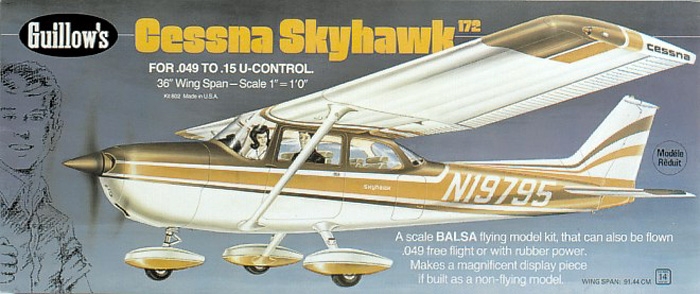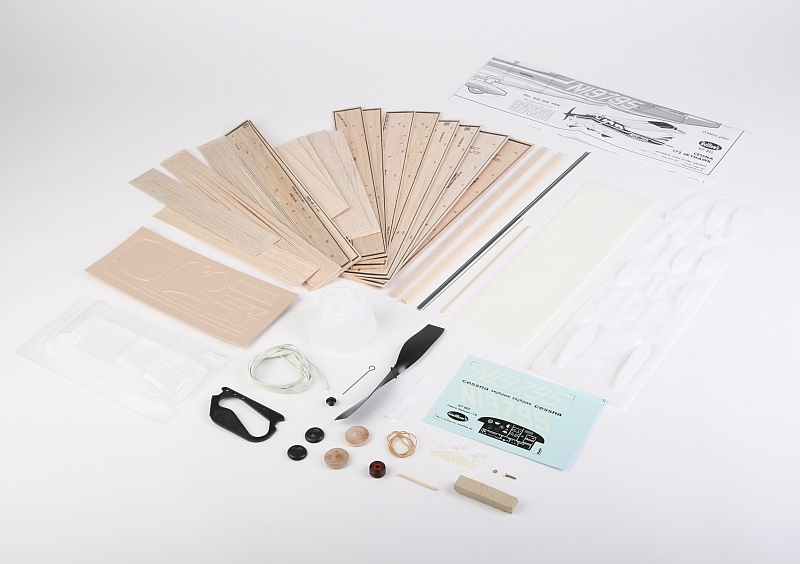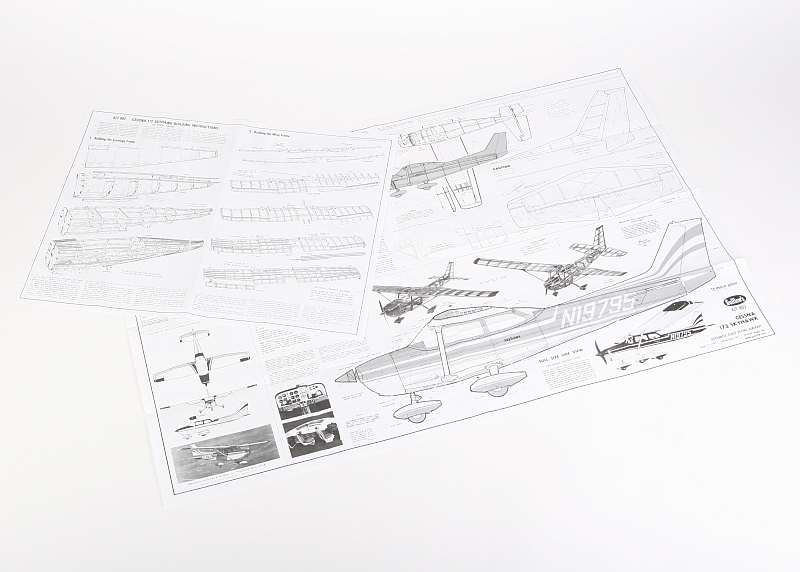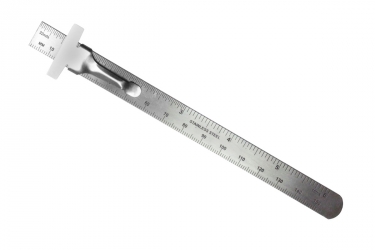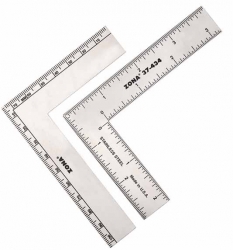- Aircraft
- Helicopters
- Multicopters
- Cars
- Boats
- Tanks
- Other models
- RC sets
- Receivers
- Servos
- Stabilisation and gyros
- RC simulators
- Engines
- Motors
- ESCs
- Batteries
- Charging
- Connectors and cables
- Measuring devices
- Aircraft accessories
- Helicopter accessories
- Car accessories
- Boat accessories
- Fuels, oils, lubricants
- Modeling chemicals
- Construction materials
- Fixings
- Tools and jigs
- Transport covers
- Discontinued models
- Promotion
Cessna skyhawk
 This item is not available in you region (United States)
This item is not available in you region (United States)
When the production of a new version of the older four-seat Cessna 170 differing in three-wheel nose landing gear was launched in 1956, surely the greatest optimists had no idea that it would be a machine that would last until today and become the best-selling single-engine aircraft of all time - more than 43 000 pieces!
In addition to enduring and unobtrusive service to both civilian and military users around the world, the Cessna 172 has distinguished itself by setting an incredible endurance record. On December 4, 1958, the Cesnna N9172B flew by Robert Timm and John Cook from McCarran Airfield near Las Vegas. After 64 days, 22 hours, 19 minutes and 5 seconds, she landed again on February 4, 1959. Fuel, oil, food, and water were carried aboard in flight from a truck traveling on a long, straight stretch of desert road at the same speed as the Cessna flying over it. The record attempt was terminated only when the continuously running engine had long exceeded the usual time between overhauls and its power dropped to such an extent that it was no longer enough to climb.
This free-flying model of a four-seater high-wing tourist aircraft is designed to be driven by a rubber beam; The instructions and plan also allow the model to be built as a freely flying 0.8ccm internal combustion engine, a 0.8-1ccm internal combustion engine, or as a static model with sophisticated mockup details in 1:16 scale museum quality.
The model is a classic all-balsa scattered construction with pre-cut wooden parts, dummy accessories made of vacuum-formed plastic, plastic parts made by injection molding and pre-cut parts made of "plastic plywood", lightweight and solid material replacing classic plywood. The fuselage is, of course, constructed with genuine mini-scale technology with bulkheads and a greater number of longitudinal beams that allow for faithful reproduction of round shapes. It builds in two steps - thanks to the "slitting" in the vertical plane, first place on the worktop first half of the fuselage, and then "stick" half the other. This ensures that even the hull of complicated shapes is built straight and symmetrical, without the need for any special fixtures. Since this is a small model for more advanced builders, you should already have previous experience with classic construction and flying models powered by rubber bands.
Skyhawk is also suitable for converting to RC model with electric drive - although the construction plan does not offer this option, it should not be a big problem for a more experienced modeller.
Kit contains: balsa pre-cut parts, balsa beams, pre-cut parts made of plastic plywood, vacuum molded dummy parts (cabin cover, engine cover, wheel covers ...), plastic propeller with shaft and head, rubber band bundle (rubber band 5x1mm), steel string for chassis and other small parts, wheels, upholstery paper, handle and rocker for tethered model, sheet of decals, building plan.
Construction tip: DO NOT break out pre-cut parts! If there are some wood fibers still be "bound" to the cutting board, carefully separate the part with a sharp modelling knife.
Care of the rubber band: Wash the new rubber band carefully in soapy water and allow to dry. Then lubricate it with castor oil (sold in pharmacies) or silicone grease to lubricate fishing lines (available in fishing tackle shops). After flying, remove the model bundle and keep it in a closed plastic bag. Lubricated rubber bundle unwinds more smoothly and with less friction - gives more power and lasts longer. It is also advisable to run the new bundle first - for the first 2-3 years, record only 80-100 turns before it can safely record more.
Wingspan [mm]: 915 ; Lenght [mm]: 660 ; RC Control: None ; Building difficuilty: S3 ; Difficuilty of piloting: P0
| Wingspan [mm] | 915 |
| Length [mm] | 660 |
| Controlled functions | none |
| Build difficulty | S3 |
| Operating difficulty | P0 |
